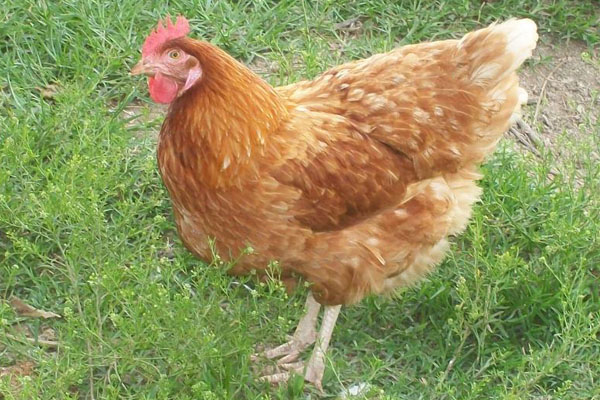About the effect of nutrition on egg weight
- font size decrease font size increase font size
Egg laying in the battery cage for layers will also bring economic benefits from the production of eggs. When selling eggs, the weight is calculated according to the weight. The egg weight is directly related to the economic benefit of the culture, and the egg weight is affected by the cultured species and culture. Mode, environment, nutritional level and other factors.
The effect of protein on the weight of eggs, protein accounts for 10% of the total weight of eggs, and the total weight of duck eggs is more than 12%. There must be a certain level of protein in the diet to supplement essential amino acids and provide sufficient nitrogen source for the synthesis of non-essential amino acids.

The effect of methionine on egg weight The effect of methionine on the weight of eggs in the layer chicken cage , methionine is involved in the synthesis of protein in the body, and is also an important methyl donor. It is often the first limiting amino acid in avian corn-soybean diet. An important nutrient factor that affects egg weight. For high-yielding laying hens, methionine levels can significantly affect egg weight. Energy is the driving force behind the metabolism of poultry. Without energy, the entire metabolic process of poultry is affected. There are some inconsistencies in the effect of energy on the weight of poultry eggs. As the energy level increases, the egg weight also increases significantly.
Linoleic acid is an essential fatty acid in poultry. As early as 1974, it was confirmed that linoleic acid is an important factor affecting the maximum egg weight. Linoleic acid can increase the synthesis ability of liver lipoprotein
lipase, increase the development of oocytes, and increase egg weight by increasing the weight of egg yolk. However, there is some controversy about the need for linoleic acid to meet the maximum egg weight. Most studies have shown that 1.0% linoleic acid content can basically meet the needs of maximum egg weight, and the content of sub-oil in the diet is less than 0.8%. Acid may reduce egg weight. The difference in the study of linoleic acid requirements may come from the storage of linoleic acid in laying hens. Egg yolks can meet their needs by using their own stored linoleic acid. For example, linoleic acid storage during the breeding phase can reduce the initial stage of production. The need for linoleic acid in the stage, while the need for linoleic acid in the late stage of egg production increases.
